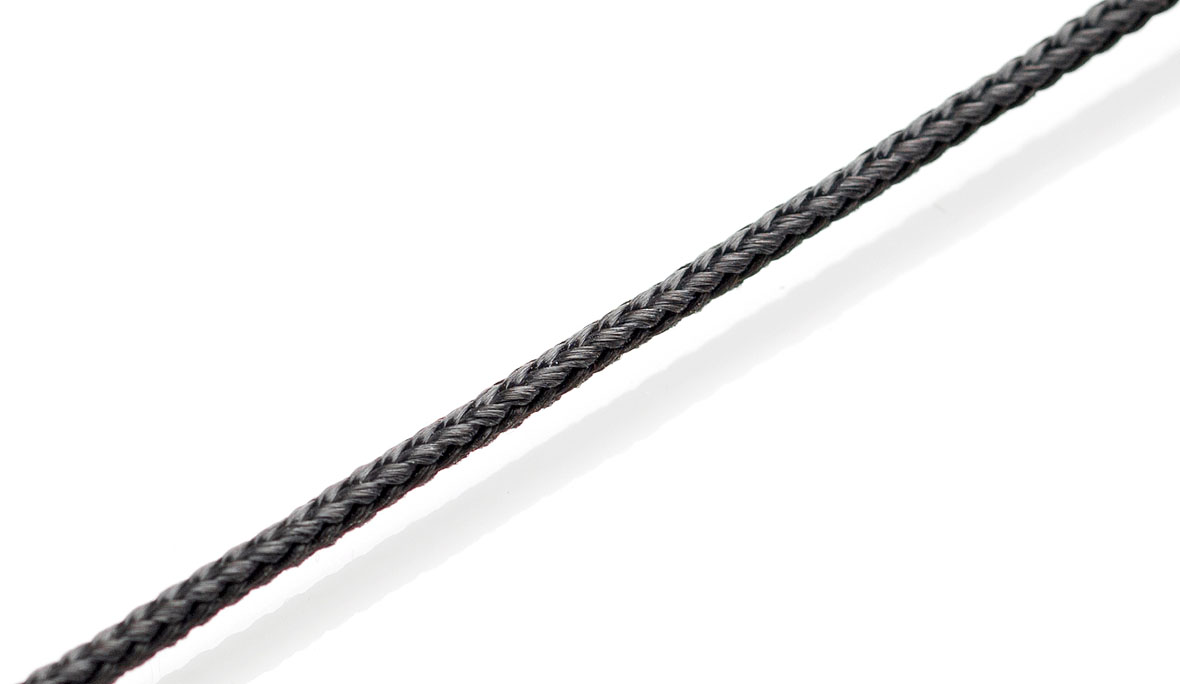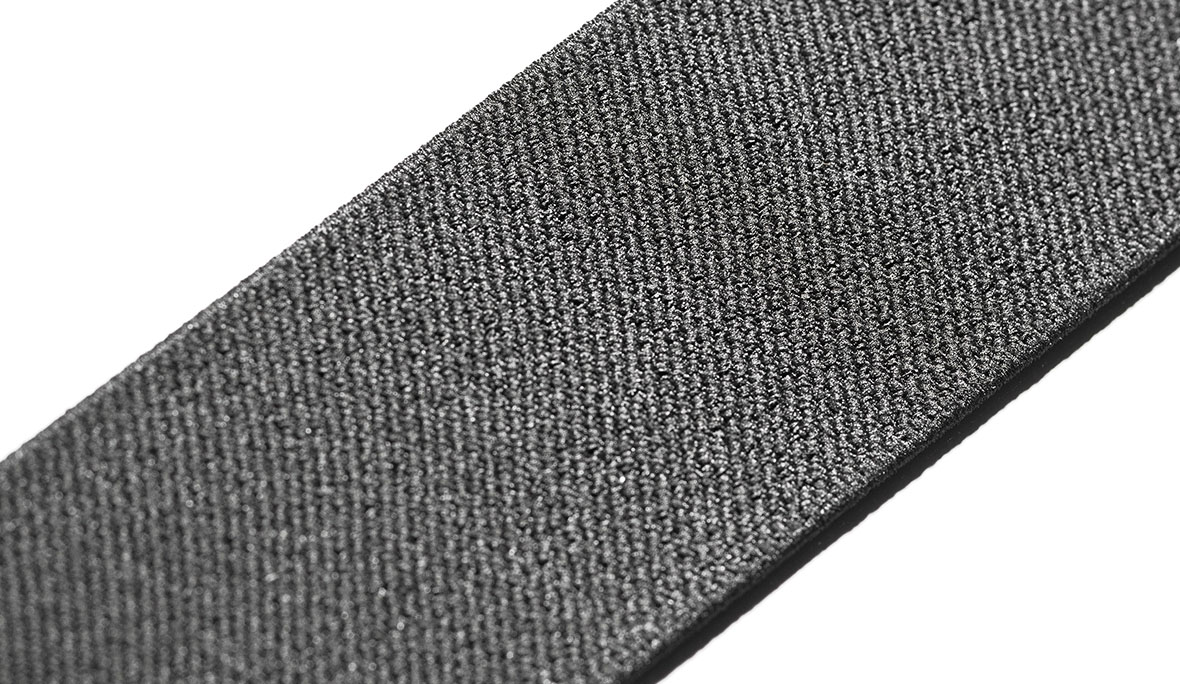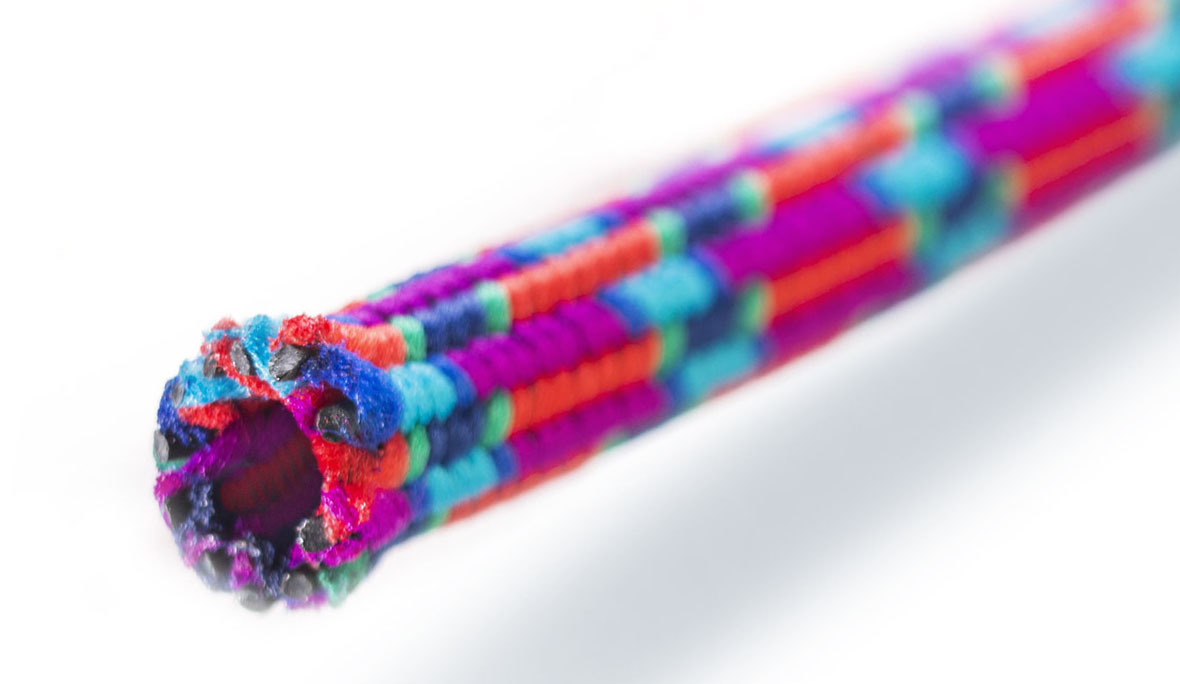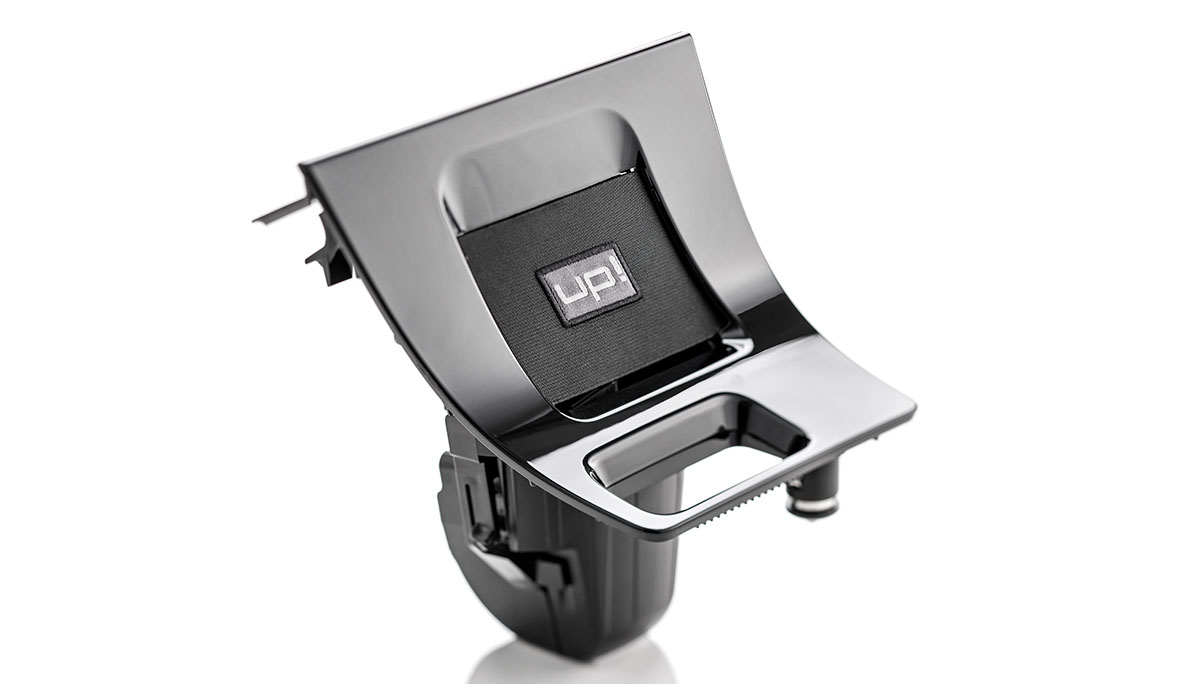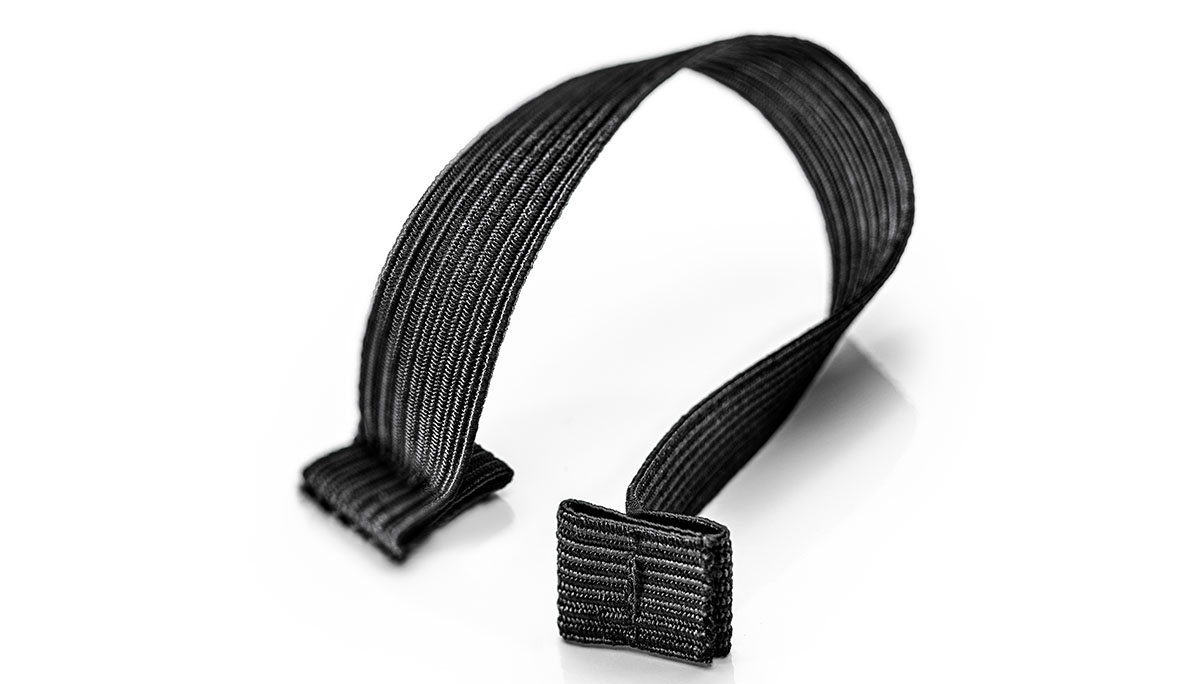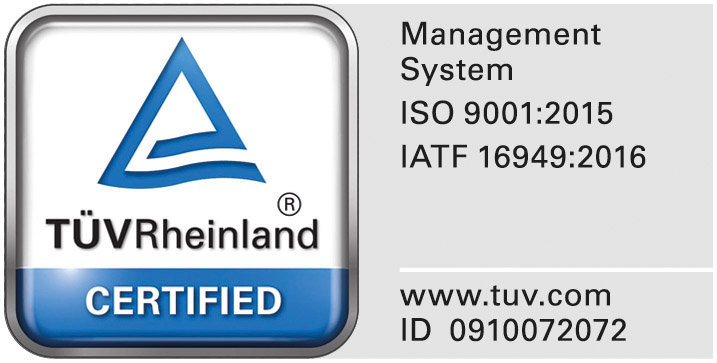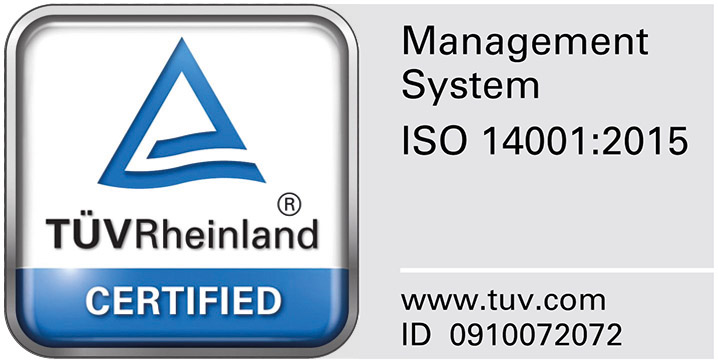Textile technology II
2020-07-24
Narrow Textile Technology – tapes, cords, tubulars
Textile Technology is concerned with the manufacture of products from textile raw materials – i.e. spinnable natural or synthetic fibres – which are then her processed to create technical yarns. These yarns are used to produce linear, flat or spatial structures.
Textile Technology in three dimensions
Of course, from a strictly mathematical point of view, even the thinnest yarn is a three-dimensional textile technology, i.e., spatial object. Despite this, you can still think in three dimensions when you look at textiles:
- Linear textiles, such as yarns, threads or ropes, extend in one dimension. In the production process, there is just one thing that they mainly become: longer.
- Flat textiles, such as wovens, flat braids, knitted fabrics or non-wovens, extend in two dimensions. In the course of their production, they cover a continually increasing surface area.
- Spatial textile structures extend in all three dimensions: length, width and height and take up an increasing amount of space in the course of their production. They include, for example, hoses, spacer fabrics, multi-layer fabrics and 3D textiles of widely varying shapes.
Woven, knitted or braided – narrow is the main thing
When we talk about narrow textiles, we mean all three dimensions: narrow textiles are linear, flat or three-dimensional textiles with a width of no more than about half a meter. A braid with a width (or should we say “narrowness”) of 5 cm, a braided cord of 0.5 mm diameter, a woven tape with a width of 30 cm, a star profile with a width of 35 cm, a round woven tubular with a diameter of 50 cm – all of these are narrow textiles.
Form follows function
Form follows function – the famous guiding principle of product design also applies to textile technology: the function that a textile needs to fulfil drives its form. Particularly in the case of technical textiles, which are required in industry due to their specific functions and properties, it is important to choose the right form. For many applications this is a narrow form. After all, narrow textiles are not the small, thin siblings of wide fabrics and woven fabric. They are produced as independent textile-technical products on special braiding, warp knitting and weaving machines. And they come with unique properties – e.g., in terms of elasticity, load capacity or configurability. They are often the decisive detail that ensures that a rucksack can be closed, a piece of luggage safely stowed, a car seat adjusted, that a bandage provides support, a protective glove offers safety, and much more.
Decisive advantages of narrow textiles compared to wide fabrics:
- Individual widths with stable edge structures
- No measuring, no cutting
- Specific physical characteristics
- Also for the smallest of packaging spaces and application areas
- Versatile and complex geometries and structures
- Very high force and elongation properties even in a compact structure
Solution-providing partner for high-tech narrow textiles
Our high-tech narrow textiles are used in almost all branches of industry. Especially where particularly high demands are placed on the function and design. We develop cords, braids, tapes and textile components as a perect fit your specific requirements – as a solution partner for you and your projects.
Supported specifications for narrow textiles by JUMBO-Textil:
- elastic, non-elastic, transverse-elastic
- 1.5 mm to 320 mm
- with slots
- with and without a knitted-on edge
- made of innumerable natural materials and plastics
- low shrinkage
- flame-retardant properties
- water- and oil-repellent
- with braided-in buttonholes
- as textile components with connection elements made of metal or plastic
- and much more.
Photos: JUMBO-Textil


